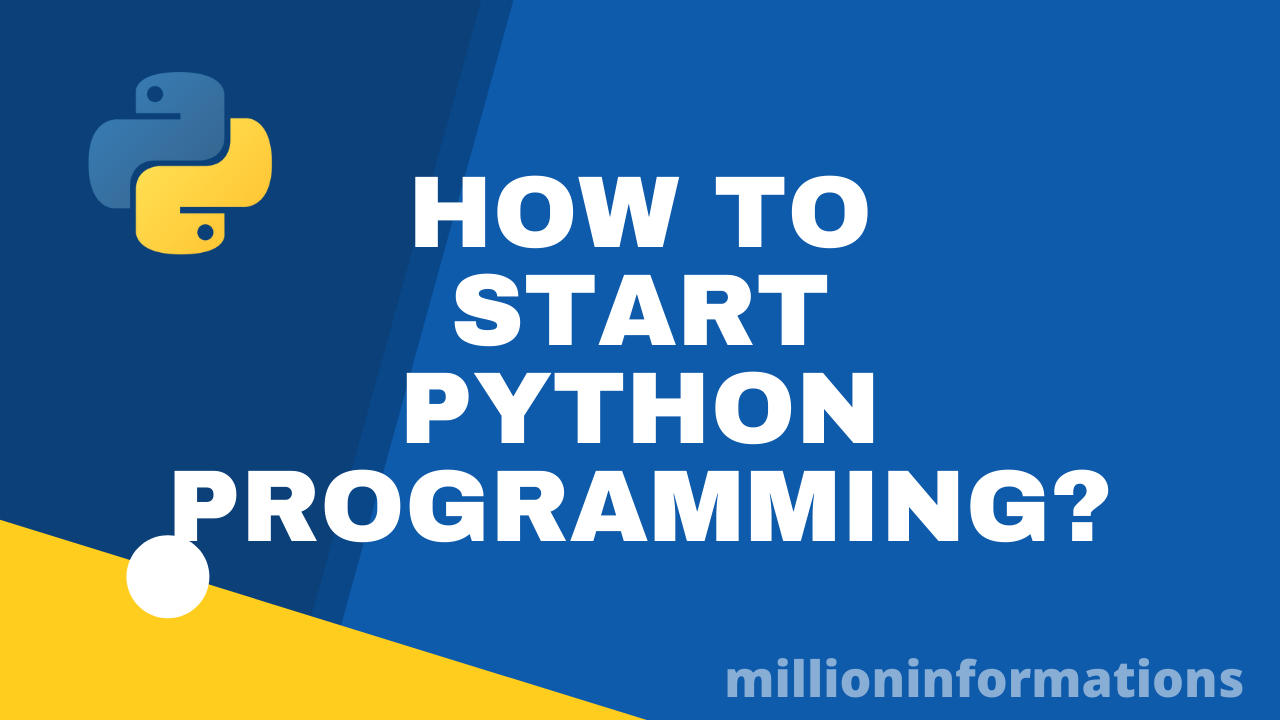Wednesday 15 March 2023
Cool Websites for students
Here are some cool websites for students that can be helpful for education and learning:
Khan Academy (https://www.khanacademy.org/): A non-profit organization that provides free online education in various subjects, including math, science, history, and economics.
Quizlet (https://quizlet.com/): A platform that provides interactive flashcards, study guides, and games to help students learn and memorize information.
Duolingo (https://www.duolingo.com/): A language-learning platform that offers free courses in more than 35 languages, including Spanish, French, and German.
Coursera (https://www.coursera.org/): A platform that provides online courses from top universities and organizations around the world in subjects like business, computer science, and engineering.
TED-Ed (https://ed.ted.com/): A website that provides educational videos on a wide range of topics, including science, history, and art.
Wolfram Alpha (https://www.wolframalpha.com/): A computational knowledge engine that can answer complex questions and provide solutions to mathematical problems.
Grammarly (https://www.grammarly.com/): A writing assistant that provides suggestions and corrections for grammar, spelling, and punctuation errors.
Project Gutenberg (https://www.gutenberg.org/): A digital library that offers over 60,000 free eBooks, including classic literature, history, and science.
Codecademy (https://www.codecademy.com/): A platform that provides free coding courses in programming languages like Python, Java, and HTML.
NASA Kids' Club (https://www.nasa.gov/kidsclub/index.html): A website that provides educational games, videos, and activities related to space and science.
These websites can be useful for students to supplement their learning and improve their knowledge and skills in various subjects.
Tuesday 14 March 2023
Data Analytics and its tools
Data Analytics and its Tools: How to Maximize Insights from Data
In today's digital age, businesses of all sizes have access to vast amounts of data. However, collecting data is not enough. It is essential to extract insights and gain a competitive edge. This is where data analytics comes in. In this article, we will discuss data analytics and its tools and how they can help you make data-driven decisions.
What is Data Analytics?
Data analytics refers to collecting, processing and analyzing data to extract insights and make informed decisions. It involves using statistical and computational methods to identify patterns, relationships, and trends in data. Data analytics can help businesses gain a better understanding of their customers, improve their operations, and increase their revenue.
Data Analytics Tools
There are various data analytics tools available in the market. Some of the popular ones are:
Excel: Excel is a widely used spreadsheet program to help you analyze data. You can use Excel to perform fundamental statistical analysis, create charts and graphs, and perform pivot table analysis.
Tableau: Tableau is a data visualization tool that allows you to create interactive dashboards, charts, and graphs. It is user-friendly and can handle large datasets.
Python: Python is a programming language that can be used for data analysis. It has various libraries and packages such as Pandas, Numpy, and Scipy, which can help you manipulate, clean, and analyze data.
R: R is a programming language that is specifically designed for data analysis. It has various packages and libraries such as ggplot2, dplyr, and tidyr that can help you visualize, manipulate, and analyze data.
Power BI: Power BI is a business analytics tool that allows you to create interactive dashboards and reports. It integrates with various data sources and provides real-time insights.
Google Analytics: Google Analytics is a web analytics service that allows you to track website traffic, user behaviour, and conversions. It provides insights that can help you optimize your website and improve user experience.
Benefits of Data Analytics
Data analytics can provide several benefits to businesses. Some of the benefits are:
Better decision making: Data analytics can help businesses make data-driven decisions. It provides insights that can help businesses identify patterns and trends in data, which can be used to make informed decisions.
Improved customer experience: Data analytics can help businesses gain a better understanding of their customers. It provides insights into customer behaviour, preferences, and needs, which can be used to improve customer experience.
Increased efficiency: Data analytics can help businesses optimize their operations. It provides insights into areas that require improvement, which can help businesses reduce costs, increase productivity, and improve efficiency.
Competitive advantage: Data analytics can help businesses gain a competitive edge. It provides insights into market trends, customer behaviour, and competitor activities, which can be used to identify opportunities and threats.
Conclusion
Data analytics is a powerful tool that can help businesses extract insights from data and make informed decisions. There are various data analytics tools available in the market, such as Excel, Tableau, Python, R, Power BI, and Google Analytics. By using these tools, businesses can gain a better understanding of their customers, optimize their operations, and gain a competitive edge.
Friday 3 March 2023
How to use Chat GPT effectively?
How to use Chat GPT effectively?
Here are some tips on how to use chat GPT effectively:
Have a specific target in mind before you begin. Consider the goals you have for your discussion with Chat Chat. Are you seeking information, or advice, or are you just enjoying a friendly conversation?
Make your comments clear and concise. Your input is what Chat GPT uses to choose how to respond. Your input will be more accurate and meaningful if it is more detailed and clear. Spell and grammar correctly. Although Chat GPT is intended to comprehend real language, employing correct grammar and spelling helps increase its precision and comprehension. To further elucidate or elaborate on the response, ask follow-up questions. Never be afraid to ask additional questions to clarify or gather more information if you have any questions about a certain response.
What is Blockchain?
Blockchain: The Revolutionary Technology Transforming Industries
In recent years, blockchain technology has become one of the most talked-about technologies in the world. While it is commonly associated with cryptocurrencies like Bitcoin, blockchain has far-reaching applications that extend beyond digital currencies. This article will explore what blockchain is, how it works, and its potential impact on various industries.
What is Blockchain?
At its core, a blockchain is a decentralized digital ledger that records transactions between parties. Each block in the chain contains a record of several transactions, and each block is cryptographically linked to the previous block. This creates a secure and transparent ledger that cannot be easily altered or tampered with.
How Does Blockchain Work?
When a new transaction is made, it is verified by a network of users called nodes. These nodes use complex algorithms to confirm that the transaction is legitimate and should be added to the blockchain. Once the transaction is confirmed, it is added to a new block, which is then linked to the previous block. This process continues, creating a chain of blocks that are all linked together.
The Benefits of Blockchain
One of the key benefits of blockchain technology is its security. Since each block is cryptographically linked to the previous block, it is virtually impossible to alter or tamper with the blockchain. This makes blockchain an ideal technology for storing sensitive information like financial transactions and medical records.
In addition to its security, blockchain technology also offers increased transparency. Since each transaction is recorded on the blockchain, it is visible to everyone on the network. This creates a transparent and trustworthy system that can help to prevent fraud and corruption.
Blockchain Applications in Various Industries
Blockchain technology has the potential to revolutionize a wide range of industries, from finance to healthcare. In the finance industry, blockchain can be used to create more secure and efficient payment systems. Healthcare organizations can use blockchain to securely store and share patient data, while the logistics industry can use blockchain to improve supply chain management.
Conclusion
Blockchain technology is a revolutionary innovation that has the potential to transform the way we conduct business and manage our personal data. With its security and transparency, blockchain can help to create more trustworthy and efficient systems in a variety of industries. As this technology continues to evolve, it will be exciting to see how it can be used to solve some of the world's most pressing challenges.
Also Read: Secrets of Chat GPT
Secrets of Chat GPT - Technical Aspects
As an AI language model, Chat GPT is a complex system with many components and training techniques. Some of the secrets of Chat GPT include:
Training Data:
Chat GPT is trained on a massive amount of text data, often billions of words, to develop a deep understanding of language and context.
Transformer Architecture:
Chat GPT uses a Transformer-based architecture, which allows it to process sequences of text and learn relationships between words and phrases.
Fine-Tuning:
Chat GPT can be fine-tuned on specific tasks or domains to improve its performance in those areas.
Pre-Training:
Before being fine-tuned on a specific task, Chat GPT is pre-trained on a general language modelling task, where it learns to predict the next word in a sequence of text.
Multi-Head Attention:
Chat GPT uses multi-head attention to identify and weight the importance of different words in a sentence, allowing it to understand complex sentence structures and relationships.
Sampling Strategies:
Chat GPT uses various sampling strategies, such as top-k sampling and nucleus sampling, to generate diverse and contextually appropriate responses.
Evaluation Metrics:
Chat GPT is evaluated on various metrics, including perplexity (a measure of how well it predicts the next word in a sequence) and human evaluation (where human judges rate the quality of its responses).
Ethical Considerations:
As an AI language model designed to interact with humans, Chat GPT raises important ethical considerations around bias, privacy, and safety, which are constantly being addressed by its developers and users.
Overall, the secrets of Chat GPT lie in its ability to learn and adapt to language in a way that mimics human understanding, while also raising important questions and challenges around the responsible use of AI in society.
Top 10 Chat GPT features
Top 10 Chat GPT features
Natural Language Processing:
Open-Domain Conversations:
Multilingual Support:
Context Awareness:
Personalization:
Natural Response Generation:
Text Generation:
Question Answering:
Sentiment Analysis:
Also Read: Chat GPT: The Future of Conversational AI
Chat GPT: The Future of Conversational AI
Chat GPT: The Future of Conversational AI
Introduction:
What is Chat GPT?
How Does Chat GPT Work?
Applications of Chat GPT:
Conclusion:
The Role of Artificial Intelligence in Data Science: A Comprehensive Guide
The Role of Artificial Intelligence in Data Science: A Comprehensive Guide
Introduction:
What is Artificial Intelligence?
The Role of Artificial Intelligence in Data Science:
Applications of Artificial Intelligence in Data Science:
Conclusion:
An Introduction to Deep Learning
An Introduction to Deep Learning
Introduction:
What is Deep Learning?
How Does Deep Learning Work?
Applications of Deep Learning:
Conclusion:
A Beginner's Guide to Machine Learning: What It Is and How It Works
A Beginner's Guide to Machine Learning
Introduction:
Machine Learning is a buzzword that has been making rounds in the tech industry for a while now. It is a field of study that uses algorithms and statistical models to enable machines to learn from data without being explicitly programmed. In this beginner's guide, we'll discuss what Machine Learning is, how it works, and some of its applications.
What is Machine Learning?
Machine Learning is a subset of Artificial Intelligence that involves teaching machines to learn from data without being explicitly programmed. In other words, it is the process of enabling machines to learn by themselves. Machine Learning algorithms use statistical models to identify patterns in data and make predictions based on those patterns.
How Does Machine Learning Work?
There are three main types of Machine Learning algorithms: Supervised Learning, Unsupervised Learning, and Reinforcement Learning.
Supervised Learning: In Supervised Learning, the algorithm is trained on labeled data, which means that the input data and the corresponding output data are provided to the algorithm. The algorithm learns to map the input data to the output data, and it can then make predictions on new, unlabeled data.
Unsupervised Learning: In Unsupervised Learning, the algorithm is trained on unlabeled data, which means that only the input data is provided to the algorithm. The algorithm learns to identify patterns in the data and group similar data points together.
Reinforcement Learning: In Reinforcement Learning, the algorithm learns by interacting with its environment. It receives feedback in the form of rewards or punishments based on its actions, and it learns to take actions that maximize its reward.
Applications of Machine Learning:
Machine Learning has a wide range of applications in various industries, including healthcare, finance, retail, and more. Some common applications of Machine Learning include:
Predictive Modeling: Machine Learning algorithms can be used to build predictive models that can make accurate predictions about future events.
Natural Language Processing: Machine Learning algorithms can be used to analyze and understand human language, which can be useful in applications such as chatbots, voice assistants, and more.
Image and Video Recognition: Machine Learning algorithms can be used to recognize objects, faces, and other visual elements in images and videos.
Conclusion:
Machine Learning is a fascinating field that has the potential to revolutionize various industries. By enabling machines to learn from data, we can make better predictions, automate tedious tasks, and gain insights that were previously hidden. If you're interested in Machine Learning, there are plenty of resources available to get started.
.png)

.png)
.png)
.png)
.png)
.png)
.png)
.png)
.png)


